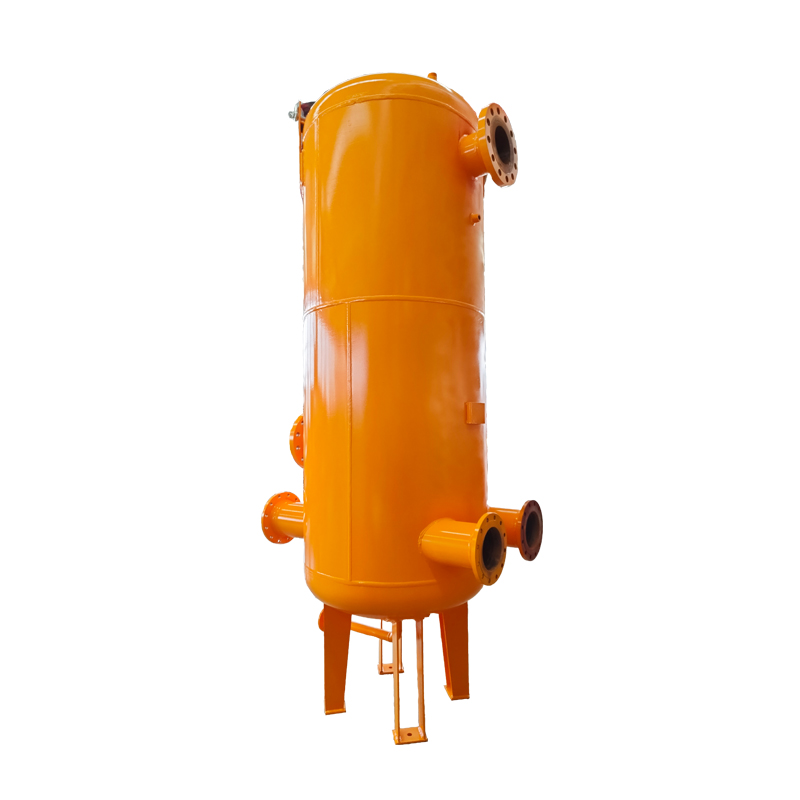
8 月 . 15, 2024 06:56
Back to list
Advancements in Gas Coalescing Technologies for Enhanced Performance and Efficiency in Fluid Separation Processes
Understanding Gas Coalescers Principles and Applications
Gas coalescers play an essential role in various industrial applications by efficiently removing liquid contaminants from gas streams. These devices are particularly critical in processes where the presence of liquid can lead to operational inefficiencies, product contamination, or safety hazards. This article explores the fundamental principles of gas coalescence, the configuration of coalescer systems, and their various applications.
What is Gas Coalescing?
Gas coalescing is a process that aids in the separation of liquid particles dispersed in a gas phase. The principle behind gas coalescers is relatively straightforward they facilitate the merging of small liquid droplets into larger ones, which can then be effectively separated from the gas stream. This is achieved through the use of coalescing filters that provide a medium for the droplets to collide and coalesce, thereby forming larger droplets that can be drained away.
Mechanism of Operation
Gas coalescing systems typically consist of multiple layers of fibrous materials that capture liquid droplets as the gas passes through. The design of these filters is crucial; the fibers are arranged to create a tortuous path, promoting the collision of droplets. When a smaller droplet comes into contact with a larger droplet, they may merge due to surface tension, creating a larger droplet. This process not only improves separation efficiency but also prevents the carryover of liquid into downstream processes.
Key Benefits
1. Enhanced Purity By removing liquid contaminants, gas coalescers help maintain the purity of gas streams, which is vital in applications such as natural gas processing, chemical manufacturing, and pharmaceutical production. 2. Operational Efficiency Liquid carryover can cause equipment corrosion, shutdowns, and maintenance issues. Coalescers reduce these risks, leading to less downtime and more efficient operation.
3. Safety Improvement In industries where flammable gases are present, the presence of liquid hydrocarbons can pose a fire hazard. Effective gas coalescing can mitigate these safety risks.
gas coalescer

Applications
Gas coalescers are widely used across various industries. Here are some of their primary applications
- Natural Gas Production Coalescers are essential in the purification process of natural gas, where they remove water, hydrocarbons, and other liquid impurities before the gas is transported to consumers.
- Oil and Gas Industry In oil refineries, gas coalescers are used to separate water and liquid hydrocarbons from the gaseous products generated during processing.
- Chemical Processing Many chemical processes generate gaseous byproducts that may contain liquid impurities. Coalescers ensure that the gases released or further processed are free of contaminants.
- Pharmaceutical Manufacturing In the production of medical gases, purity is paramount. Gas coalescers help maintain stringent cleanliness standards required for pharmaceutical applications.
Conclusion
Gas coalescers are a vital component of many industrial processes, offering significant benefits by improving the quality of gas streams and enhancing operational efficiency. Understanding their principles and applications helps industries implement effective gas purification solutions. With the ongoing advancements in filtration technology, gas coalescers will continue to evolve, meeting the increasing demands for cleaner and safer industrial processes. As industries face stricter environmental regulations and the need for higher product quality, the role of gas coalescers will undoubtedly become more prominent.
Latest news
-
Unlocking The Quality Gas Pressure ReducersNewsNov.01,2024
-
The Role of Gas Pressure Reducing StationsNewsNov.01,2024
-
The Importance and Functionality of Safety Relief ValvesNewsNov.01,2024
-
The Essential Role of Safety Valves in Natural Gas ApplicationsNewsNov.01,2024
-
The Essential Role of Gas Pressure RegulatorsNewsNov.01,2024
-
Enhance Your Premium Gas FiltersNewsNov.01,2024

